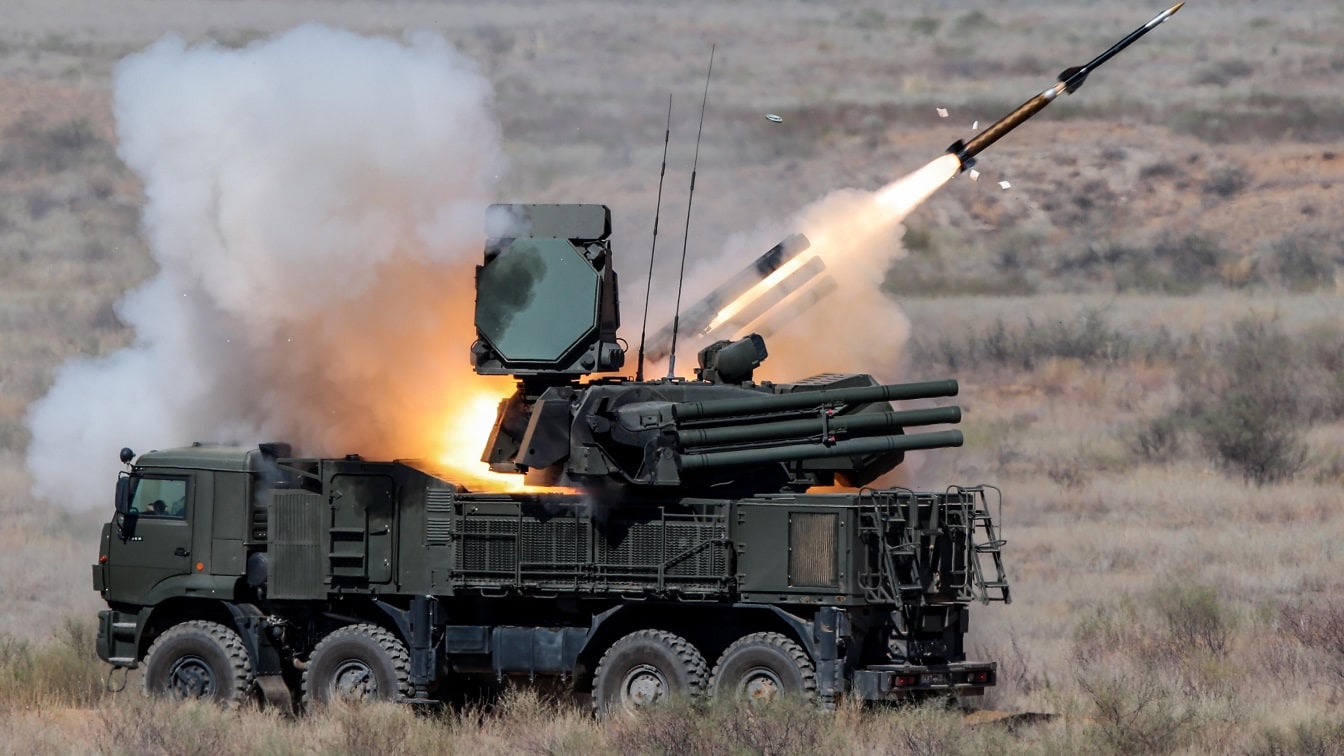SOURCE: IDRW.ORG


Recent developments suggest that India is poised to take a significant step toward enhancing its air defence capabilities through a potential partnership with Russia to produce the advanced Pantsir air defence missile-gun system locally. Commodore A Madhavarao (Retd.), Chairman and Managing Director of Bharat Dynamics Limited (BDL), confirmed to Sputnik India that discussions on local production are “going well,” marking a potential milestone in the decades-long defence collaboration between the two nations.
The prospect of India producing Russia’s Pantsir systems stems from a Memorandum of Understanding (MoU) signed in November 2024 between BDL and Russia’s state-owned Rosoboronexport. The agreement, signed during the 5th India-Russia Inter-Governmental Commission (IRIGC) subgroup meeting in Goa, laid the groundwork for cooperation on variants of the Pantsir, a mobile, short-range air defence system known for its versatility and effectiveness. The Pantsir-S1, in particular, combines missile and gun capabilities, making it a formidable tool against a range of aerial threats, including aircraft, drones, cruise missiles, and precision-guided munitions.
The Pantsir-S1, developed by Russia’s KBP Instrument Design Bureau, is a self-propelled, short-range air defence system designed to protect military bases, industrial facilities, and strategic infrastructure. Mounted on a mobile chassis (typically a KAMAZ or Ural truck), it integrates 12 surface-to-air missiles (57E6 or 57E6E) with two 30mm automatic cannons, enabling it to engage targets at distances ranging from 1,200 to 20,000 meters with missiles and 200 to 4,000 meters with guns. Its altitude coverage spans from as low as 15 meters to 15,000 meters, making it effective against low-flying drones and high-altitude aircraft.
One of its standout features is its ability to simultaneously handle up to four targets moving at speeds of up to 1,000 meters per second. Equipped with advanced radar (including S-band and Ku-band systems) and electro-optical tracking, the Pantsir can operate in challenging conditions, such as electronic warfare environments, where radar jamming or anti-radiation missiles might be deployed. Its mobility and rapid reaction time make it a critical asset for defending against modern aerial threats, a capability that has been demonstrated in conflict zones like Syria and Ukraine.
Recent upgrades, such as the Pantsir-S1M, have further enhanced its performance. The S1M variant boasts improved electro-optical systems for automatic and semi-automatic target tracking, a detection range of up to 75 kilometers, and an engagement range extended to 30 kilometers. These advancements could be part of the discussions between India and Russia, as both nations seek to tailor the system to India’s operational requirements.
Posts on X from users like Sputnik India and defence analysts suggest that the Indian Army is particularly interested in a tracked variant of the Pantsir, such as the CADET (Carrier Air Defence Tracked) system, to support mechanized columns across diverse terrains, including plains, deserts, and mountains. However, some concerns have been raised about past mobility issues with wheeled variants during Indian tests, highlighting the need for adaptations and a focus on indigenous content—preferably at least 50%—to meet domestic requirements.
NOTE : Article cannot be reproduced without written permission of idrw.org in any form even for YouTube Videos to avoid Copy right strikes. Websites doing illegal reproductions will get DMCA and Legal Notices.